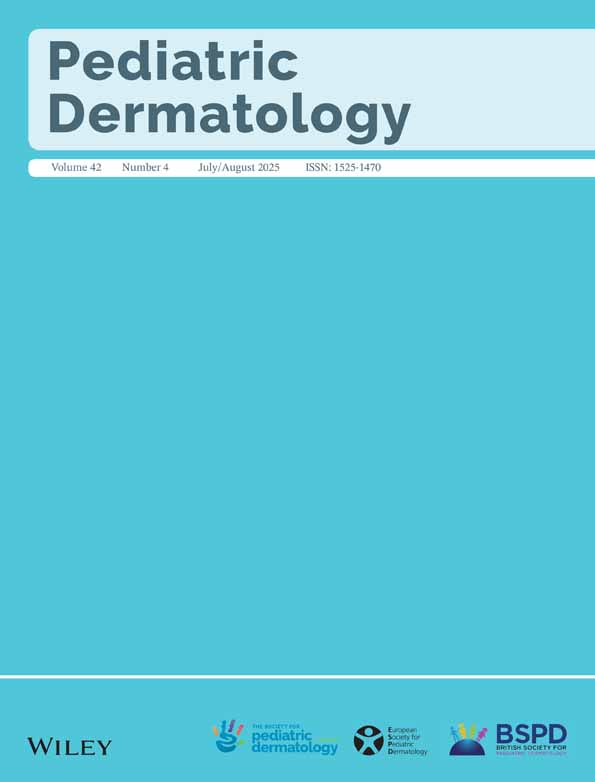Aplasia Cutis Congenita in Surviving Co-twins: Four Unrelated Cases
Abstract
Four unrelated patients born from twin pregnancies and showing extracranial aplasia cutis congenita are reported. All the patients lost their co-twins during the first half of the pregnancy. Two of the patients had the characteristic truncal and symmetrical type of aplasia cutis associated with fetus papyraceus and placental abnormalities. The presence of multiple hepatic hematomas in one of them gives further credit to a “vascular disruption” as the possible pathogenetic mechanism of the disorder. The two other patients were born with symmetrical aplasia cutis at the extensory aspects of both knees, which presumably represents a milder expression of the former defect. Thus the so-called aplasia cutis with fetus papyraceus shows heterogeneity in localization, extension, presence of extracutaneous abnormalities, and possible association with fetus papyraceus at birth. To include all the patients affected by this peculiar type of aplasia cutis congenita, the designation of aplasia cutis with extracranial symmetrical involvement is proposed.




